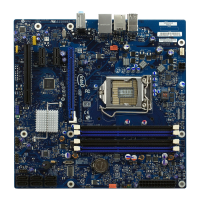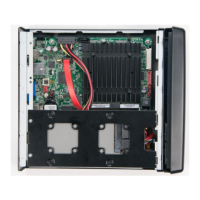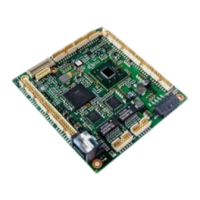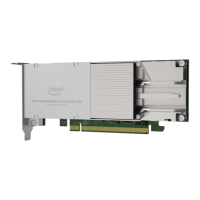Electrical
22 Design Guide
3.3.3 PS_ON# – Required
PS_ON# is an active-low, TTL-compatible signal that allows a motherboard to
remotely control the power supply in conjunction with features such as soft on/off,
Wake on LAN, or wake-on-modem. When PS_ON# is pulled to TTL low, the power
supply should turn on the four main DC output rails: +12 VDC, +5 VDC, +3.3 VDC,
and -12 VDC. When PS_ON# is pulled to TTL high or open-circuited, the DC output
rails shall not deliver current and must be held at zero potential with respect to ground.
PS_ON# has no effect on the +5VSB output, which is always enabled whenever the AC
power is present. Table below lists PS_ON# signal characteristics.
The power supply shall provide an internal pull-up to TTL high. The power supply shall
also provide de-bounce circuitry on PS_ON# to prevent it from oscillating on/off at
startup when activated by a mechanical switch. The DC output enable circuitry must
be SELV-compliant.
The power supply shall not latch into a shutdown state when PS_ON# is driven active
by pulses between 10 ms to 100 ms during the decay of the power rails.
Table 3-10: PS_ON# Signal Characteristics
Parameter Minimum Maximum
V
IL
0 0.8 V
I
IL
(V
IN
= 0.4 V) - -1.6 mA
1
V
IH
(I
IN
= 200 uA) 2.0 V -
V
IH
open circuit - -5.25 V
Ripple / Noise 400 mV p-p
NOTES:
1. Negative current indicates that the current is flowing from the power supply to the
motherboard.
2. Due to PS_ON# toggle on/off frequently, system and PSU components reliability should
be considered based on the days, months or years of claimed warranty listed on product
specification. Refer to Document PSU design consideration for S0ix mode.

